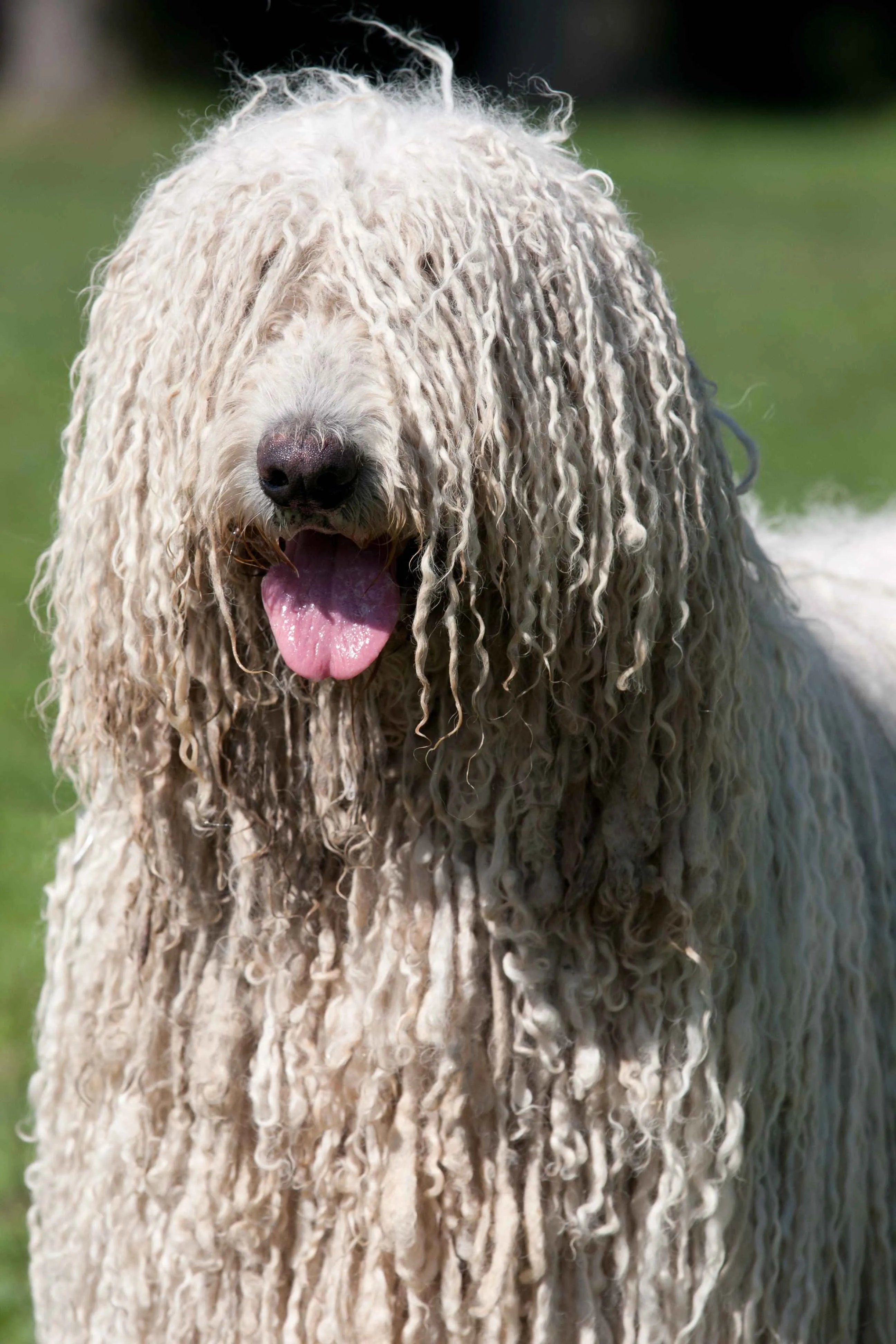Media
Pet Services & Shops
Happy Mart
T-Shirts
Rescue & Shelters
Events
All Pets
Media
Rescue & Shelters
Pet Services & Shops
Happy Mart
Events
T-Shirts
Home
/
Dog Breeds
/
Tibetan Mastiff
Tibetan Mastiff
Origin
Tibet
Size
Giant Breed
Ideal Space
House with backyard
Ideal Weather
-15º-20ºC
Life Expectancy
12-15 years
Cost of buying
₹ 50,000 - ₹ 2,50,000
Top 5 Traits
Loyal
Intelligent
Protective
Fearless
Playful
Avg Monthly Expenses
₹ 5,700 - ₹ 8,550



Introduction to the Tibetan Mastiff
Characteristics
Barking
Quiet
Loud
Temperament with Kids
Aggressive
Friendly
Playfulness
Silent
Very Playful
Friendliness
Not Friendly
Super Friendly
Compatibility with other dogs
Aggressive
Friendly
Need for attention
Independent
Very Needy
Monthly Expenses

Price & Lifespan of Tibetan Mastiffs
Cost of buying
₹ 50,000 - ₹ 2,50,000
Prerequisites to pet a Tibetan Mastiff
Appropriate Climate
Space and Environment
Financial Capability
Time and Effort
Willingness to train
Shop or Adopt a Tibetan Mastiff: Make a Better Choice!
Nutritional Care for a Tibetan Mastiff
Monthly Food Expenses
₹ 3,000 - ₹ 4,500
Calories per day
Puppies: 2000 kcal
Adults: 2500 kcal
Essential Nutrients
Carbohydrates
Fats
Minerals
Protein
Vitamins
Fibre
List of foods
Chicken
Dry Dog Food
Fresh Meat
Fresh Fish
Vegetables
Breakdown of Macro-nutrients
Food Habits of Tibetan Mastiff
Foods to Avoid for Tibetan Mastiff
Avoid anything with these ingredients
Alcohol
Coffee / Tea
Avocados
Garlic
Grapes
Dairy
Onions
Salt
Sugar
Mushrooms

Health
Avg Monthly Expenses
₹ 1,500 - ₹ 2,250
Common Health Issues
Bloat
Canine distemper
Hip Dysplasia
Kennel Cough
Leptospirosis
Heartworm
Parasites
Rabies
Well being
Agility Training
Exercise
Bonding
Games
Socialization
Hiking
Energy Level
High
Exercise routine
60 - 90 minutes
Recognising Stress
Changes in appetite
Excessive Barking
Excessive Panting
Pacing
Reluctance to move
Healthcare Tips for a Tibetan Mastiff
Vaccination details
Growth Stage
Core Vaccines
6-8 weeks
Distemper, Parvovirus, Adenovirus (DHPPL)
10-12 weeks
DHPPL Booster
14-16 weeks
Rabies
Annually
DHPPL Booster and Rabies Booster
Caring for a Senior Tibetan Mastiff

Tibetan Mastiff Grooming Guide: How to Manage Their Thick Coat
Avg Monthly Expenses
₹ 1,200 - ₹ 1,800
Shedding Level
High Shedding
Hygienic Checklist
Bathing
Brushing
Eye Care
Ear Cleaning
Nail Trimming
Teeth Care
Benefits of Grooming
Cleanliness
Prevents infections
Quality of life
Odourless
Prevents Bad Breath
Low Shedding

Compare with similar breeds
Frequently Asked Questions
Are Tibetan Mastiffs Good Family Pets?
Yes… but only if you really know what you’re signing up for. Fiercely loyal and protective, Tibetan Mastiffs are ideal family guardians. But they aren't really cuddle-loving lap dogs. They have a mind of their own and don’t trust strangers. They can be gentle giants if you raise them with kids, but at their sheer size, supervision is always a must. It is very important to use early training and socialization!
3. What Is Their Personality Like?
If Tibetan Mastiffs had a motto, it would be: “I love you, but I’m not gonna beg for attention.” They’re independent, loyal, and always watching over their family like silent guardians. Strangers? Let’s just say they don’t believe in ‘love at first sight.’
2. How Big Do Tibetan Mastiffs Get?
Huge! The males can reach 26 to 30 inches in height and 90 to 150 pounds, with some reaching 200 pounds! Females are a little smaller at 70 to 120 pounds, but still massive. They have a lion-like appearance due to their thick double coat, fluffy tail, and broad head. These dogs aren’t just occupying space in your home—they own it!
4. Are They Easy to Train?
Training a Tibetan Mastiff isn’t about being the boss—it’s about earning their trust. They’re smart, but they’ve got a mind of their own, so patience and respect go a long way. Treats help, too.
5. Any Health Issues to Watch Out For?
Much like many large breeds they can suffer, from hip dysplasia, thyroid issues and eye problems. They stay strong and happy by going to regular vet visits and having a healthy diet and exercise.













